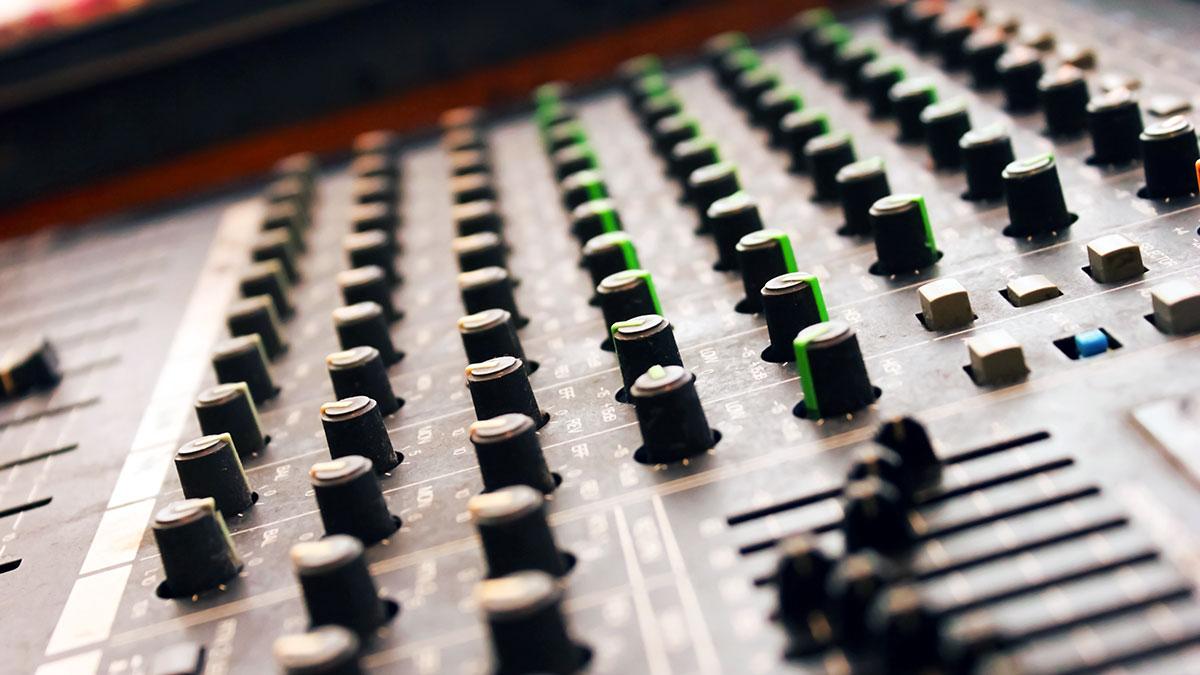Noise Gates: Three Tips to Use Them Creatively

We mostly ignore it noise or try to manage it by keeping noise to a minimum. However, this isn't always sufficient. Fortunately, there are a number of ways to tackle the issue. in this article we examine what is a noise gate, and how can it be used creatively in audio production.
What are Noise gates?
Noise gates (or simply, 'gates') were first developed to stop unwanted noise from creeping into a mix. Imagine for example, that you are recording a drum kit live; the kick drum mic will pick up sounds from all of the other drums that are being hit. If we gate the kick, however, the noise gate will only open when the kick drum is playing and will remain closed the rest of the time.
The kick track will therefore remain silent except when the kick drum is being hit. In the same way, a gate can be used to eliminate hiss or rumble on a noisy instrument track. However, there are also many ways you can apply noise gates creatively to a mix and we detail three of these below.
1. Triggering Sub Bass
It is relatively simple to use your kick drum to trigger a sub. This is not an uncommon trick in electronic music but used subtly this can work really well on live drums too. To begin with, send your kick signal to a bus. Next, create a new aux track, which you will use for your sub. We can then use a signal generator to create a sub bass in the same key as your track. Open the signal generator on your aux track, and set a sine wave playing in the same key as your track at an octave that feels right for a sub bass.
You can easily find out the frequencies of musical notes online. So if your track is in the key of C, you can set your signal generator to create a sine wave at 65.41Hz (the signal generator may round this down to 65Hz, but that's fine). Directly below the signal generator in your signal chain, insert a gate. You will need to trigger the side-chain on the gate with the kick drum.
Play around with the threshold, attack, hold and release controls on the gate until the sub sounds like it's working in harmony with the kick. Of course instead of using a signal generator for your sub, you can use a bass synth. Once you are happy with how to set up a gate on an aux, plenty of possibilities will open up.
2. Gated Reverb
Using a gated reverb on drums is a classic 80s technique popularised by Phil Collins. You can achieve it by placing a gate after the reverb in your signal chain and side-chaining it to the drums. There are other applications for gated reverb too however. If you want to create a huge-but-tight synth lead for an EDM track, try using this same trick. If the reverb is only audible when the synth is playing, a feeling of space is created without the track becoming washy.
3. Add Rhythm To Your Synths
A quick and easy way to add some rhythmic interest to your synth parts is through the use of a noise gate. Place a gate after your synth in the signal chain and side-chain it to a rhythmic loop, such as a hi-hat or tambourine pattern.
In fact, you can use this trick on material other than synths too. The unique guitar sound on Prince's 'Kiss' was created through the use of a gate that had been side-chained to the hi-hat. We have detailed the full, fascinating story of that track elsewhere on our blog.



Comments:
Login to comment on this post